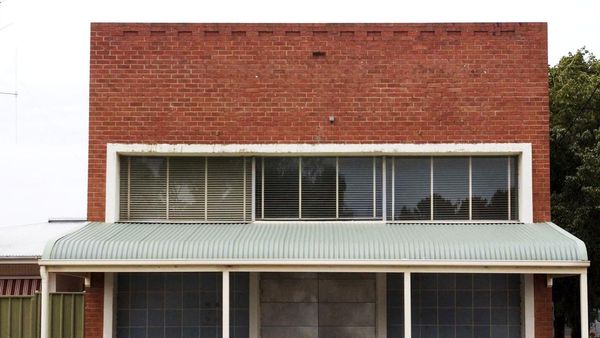
There’s an unusual object near the Milky Way’s heart that astronomers call “The Brick.” It’s a massive cloud of gas called an infrared dark cloud (IDC). The Brick is dense and turbulent like others of its type, but for some reason, it shows few signs of star formation.
Why?
The Milky Way’s Central Molecular Zone (CMZ) can be a difficult region to study. Dark molecular clouds reside there, which give birth to new stars. The CMZ is a massive complex of molecular clouds containing about 60 million solar masses of gas. The Brick is one of those clouds. Astronomers are keen to understand this region better, and the JWST has the capability to peer into the dense region, revealing some of the details.
The Brick is one of the most-studied IDCs in the Milky Way. It shows much less star formation than other clouds of similar masses. That constitutes a mystery, and astronomers gravitate towards mysteries.
A team of researchers employed the JWST to study the Brick, also called G0.253+0.015. But it’s difficult to see into the dense region. So, to study those gas clouds, astronomers turn to carbon monoxide. Hydrogen is more plentiful, but carbon monoxide is very bright and visible in certain wavelengths. Astronomers monitor it to trace the movement and density of the interstellar clouds.
The new study is titled “JWST reveals widespread CO ice and gas absorption in the Galactic Center cloud G0.253+0.015,” and it’s available on the pre-press site arxiv.org. The lead author is Adam Ginsburg, an Assistant Professor of Astronomy at the University of Florida.
There are different proposed explanations for the Brick’s lack of apparent star formation. It could be young, it could be too turbulent, it could be constrained by magnetic fields, or it could actually be many clouds along the same line of sight. “Each of these explanations is likely to play some role in the cloud’s state and evolution,” the authors explain.
While its star formation rate may lag behind other similar clouds, there are still over 56,000 stars there.
Astronomers have put in a lot of effort to understand the presence, distribution, and behavior of gas in the Milky Way, including the CMZ. But they haven’t investigated frozen gases like CO very thoroughly. That’s because it takes powerful infrared capabilities to study it.
Enter the JWST’s NIRCam and its powerful, versatile filters.
The team of researchers used NIRCam to study the Brick more intently. They found that the Brick contains more CO ice than thought and that while the CO on the Brick’s surface may be in the gas phase, it’s frozen in the interior. What does that tell us about the Brick?
There’s no firm conclusion yet about the Brick. In dense molecular regions inside the Brick, CO is the primary coolant in the cloud. So, on the lower-density outskirts of the cloud, the cooling effect of the CO should be stronger. Conversely, in the inner, denser regions of the cloud, the CO may have completely frozen out, and the dust may be too sparse to take the carbon monoxide’s place as the dominant coolant.
Stars like to form when gas is cool, so finding this much CO should indicate a high rate of star formation. But the gas inside the brick is warmer than other clouds in spite of the presence of all that ice.
These results tell us something about the overall Galactic Center. They change our understanding of both the standard abundance of CO in the GC and the gas-to-dust ratio in the same region. According to these results, both are too low.
If there’s more CO in the Brick and in the galactic center than thought, that has different implications for star formation models and could affect the Brick’s low star formation rate.
There are standard models for CO distribution in clouds, but like many things in astronomy and astrophysics, the JWST is giving astronomers more detailed information than they’ve had before and overturning some established ideas. The team behind this research points out that if the Milky Way’s central region contains this much CO, then other galaxies likely do too.
This is just the team’s first paper based on their JWST observations of the Brick. While it presents new results for carbon monoxide, it doesn’t reach any conclusions. But it does help bolster the Brick’s status as the most-observed IDC.
A future paper will present MIRI (Mid-Infrared Instrument) observations of the Brick and MIRI and NIRCam observations of Cloud C, another structure in the Central Molecular Zone.
This article was originally published on Universe Today by Evan Gough. Read the original article here.







